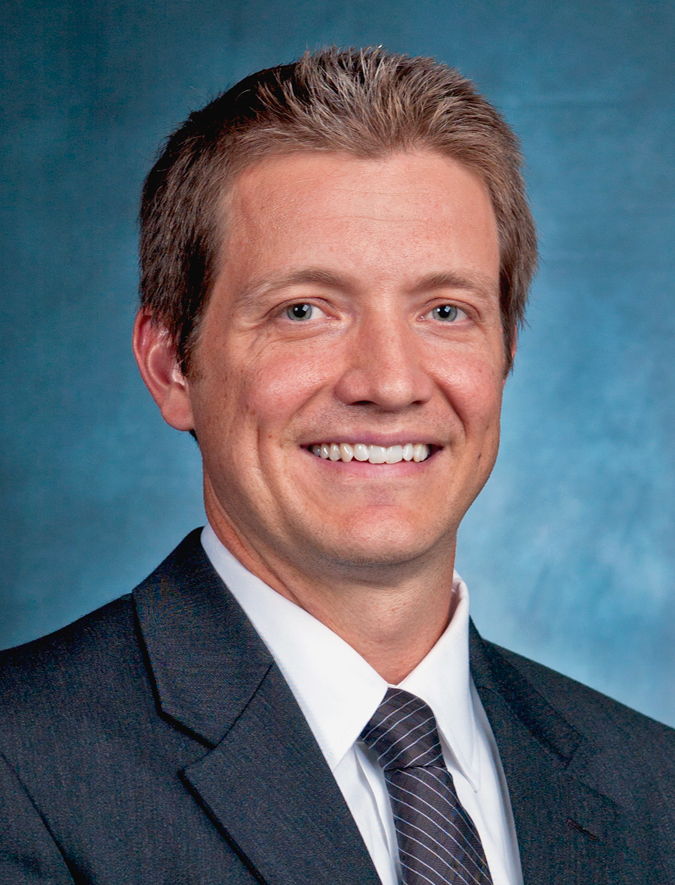Prevalence of and Associations With Distress and Professional Burnout Among Otolaryngologists: Part I, Trainees. Journal Article
Local Library Link: Find It @ Loyola
| Authors: | Larson, DP; Carlson, ML; Lohse, CM; O'Brien, EK; Kircher, ML; Gurgel, RK; Hunter, JB; Micco, AG; Nogan, SJ; O'Connell, BP; Rangarajan, SV; Rivas, A; Sweeney, AD; Wanna, GB; Weisskopf, PA; Choby, G |
| Article Title: | Prevalence of and Associations With Distress and Professional Burnout Among Otolaryngologists: Part I, Trainees. |
| Abstract: | OBJECTIVE: To assess the prevalence of distress and burnout in otolaryngology trainees, including associations with relevant sociodemographic and professional factors, and to compare these results with those of attending otolaryngologists. STUDY DESIGN: A cross-sectional survey of trainees and attending physicians. SETTING: Twelve academic otolaryngology programs. METHODS: Distress and burnout were measured with the Expanded Physician Well-being Index and the 2-item Maslach Burnout Inventory. The Patient Health Questionnaire-2 and Generalized Anxiety Disorder-2 were used to screen for depressive disorders and anxiety disorders, respectively. Associations with sociodemographic and professional characteristics were assessed. RESULTS: Of the 613 surveys administered to trainees and attending physicians, 340 were completed (56%). Among 154 trainees, distress was present in 49%, professional burnout in 35%, positive depressive disorder screening in 5%, and positive anxiety disorder screening in 16%. In univariable analysis, female gender, hours worked in a typical week (HW), and nights on call in a typical week (NOC) were significantly associated with distress. In multivariable analysis, female gender (odds ratio, 3.91; = .001) and HW (odds ratio for each 10 HW, 1.89; = .003) remained significantly associated with distress. Female gender, HW, and NOC were significantly associated with burnout univariably, although only HW (odds ratio for each 10 HW, 1.92; = .003) remained significantly associated with burnout in a multivariable setting. Attending physicians had less distress than trainees ( = .02) and felt less callous and less emotionally hardened than trainees ( .001). CONCLUSION: Otolaryngology trainees experience significant work-place distress (49%) and burnout (35%). Gender, HW, and NOC had the strongest associations with distress and burnout. |
| Journal Title: | Otolaryngology--head and neck surgery : official journal of American Academy of Otolaryngology-Head and Neck Surgery |
| ISSN: | 1097-6817; 0194-5998 |
| Publisher: | Unknown |
| Date Published: | 2020 |
LUC Authors
-
 22
22Kircher
Related LUC Article
